
Reports of denuded forage crops, especially alfalfa, from large numbers of fall armyworm have been shared from throughout Kentucky and southern counties of Indiana and Illinois.


Reports of denuded forage crops, especially alfalfa, from large numbers of fall armyworm have been shared from throughout Kentucky and southern counties of Indiana and Illinois.
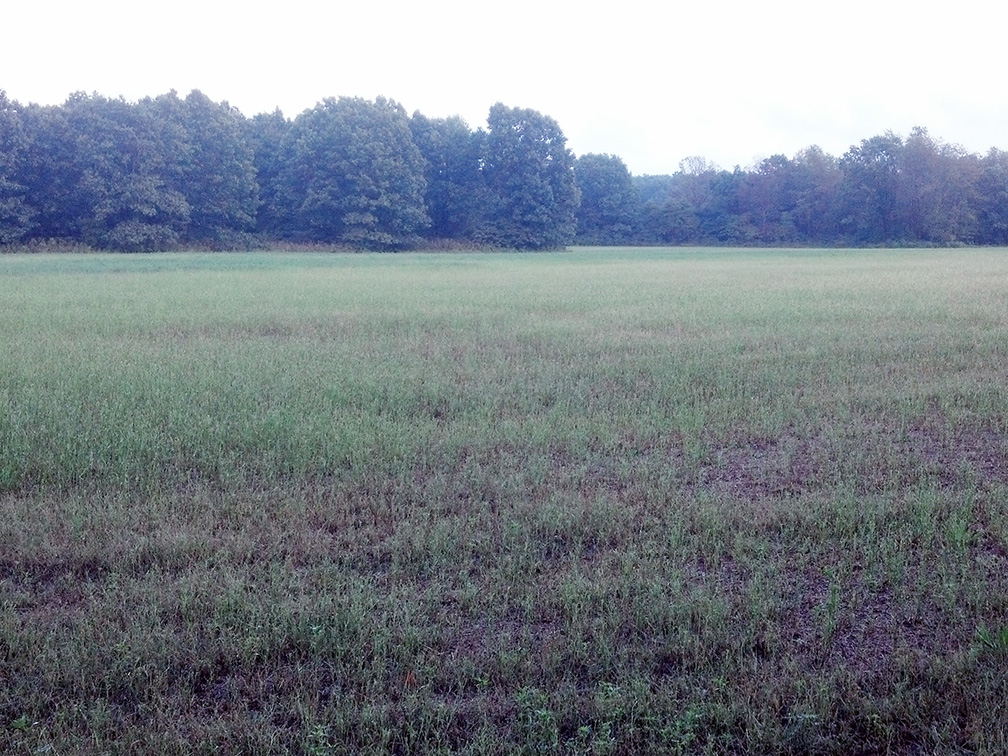
In recent weeks, fall armyworm infestations have been decimating some soybean and forage crops in Kentucky.
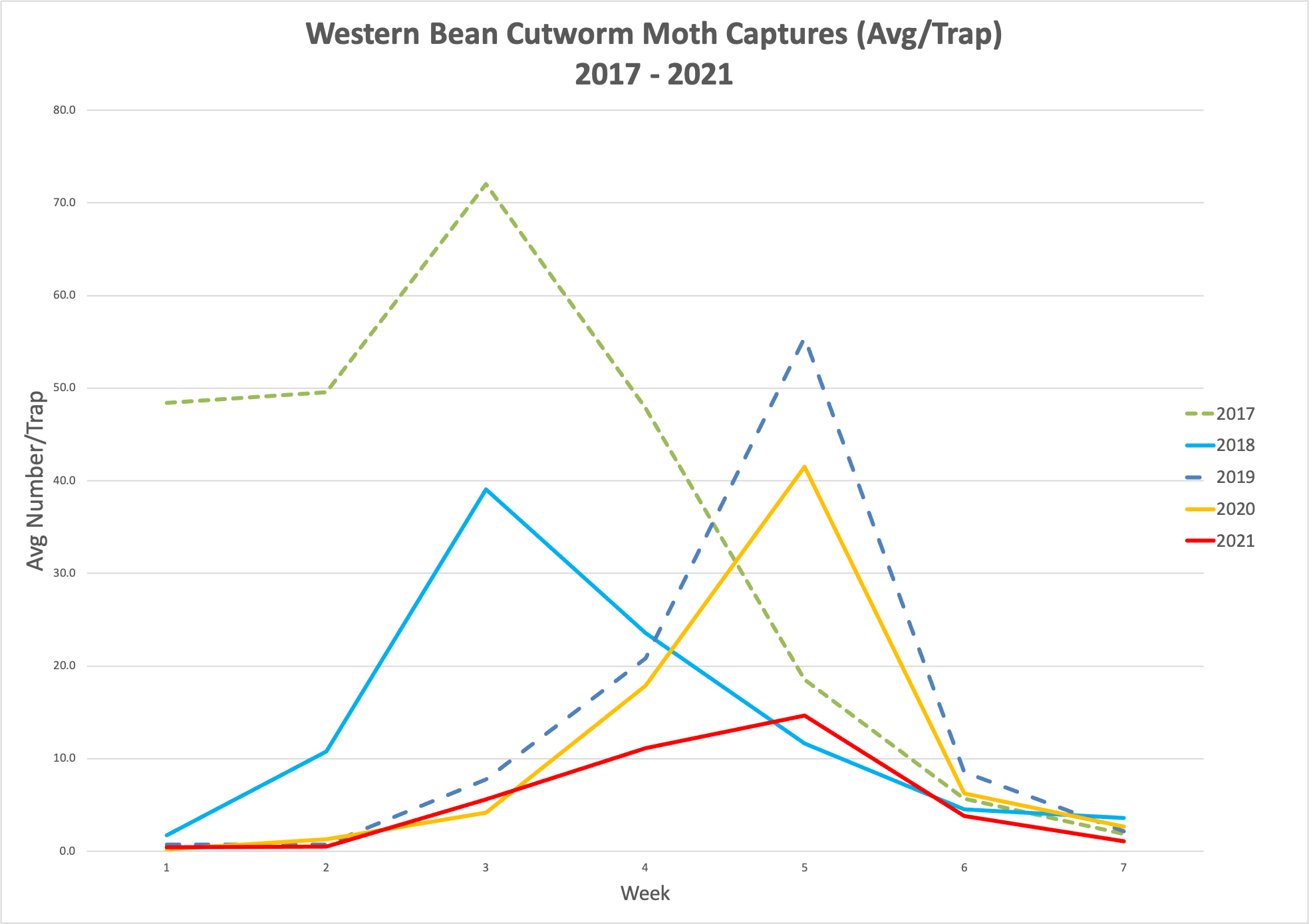
Although some other states in the corn belt, and to the north in Ontario, Canada are seeing high moth flights (and we thought Indiana would follow suit), as it turns out, Indiana is a “have-not” state for WBC this year.
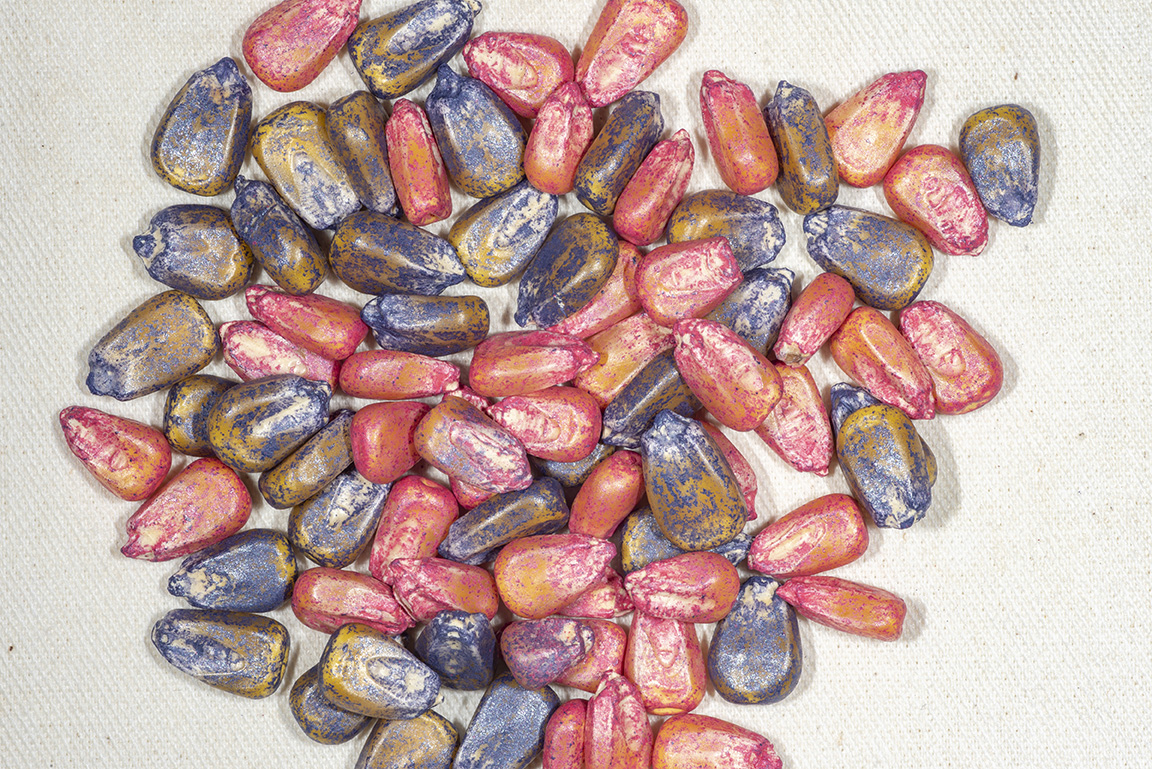
Corn and soybean growers are very familiar with neonicotinoid seed treatments, and some of the debates that surround their use – including examining their yield benefits and the potential for off-target negative effects.
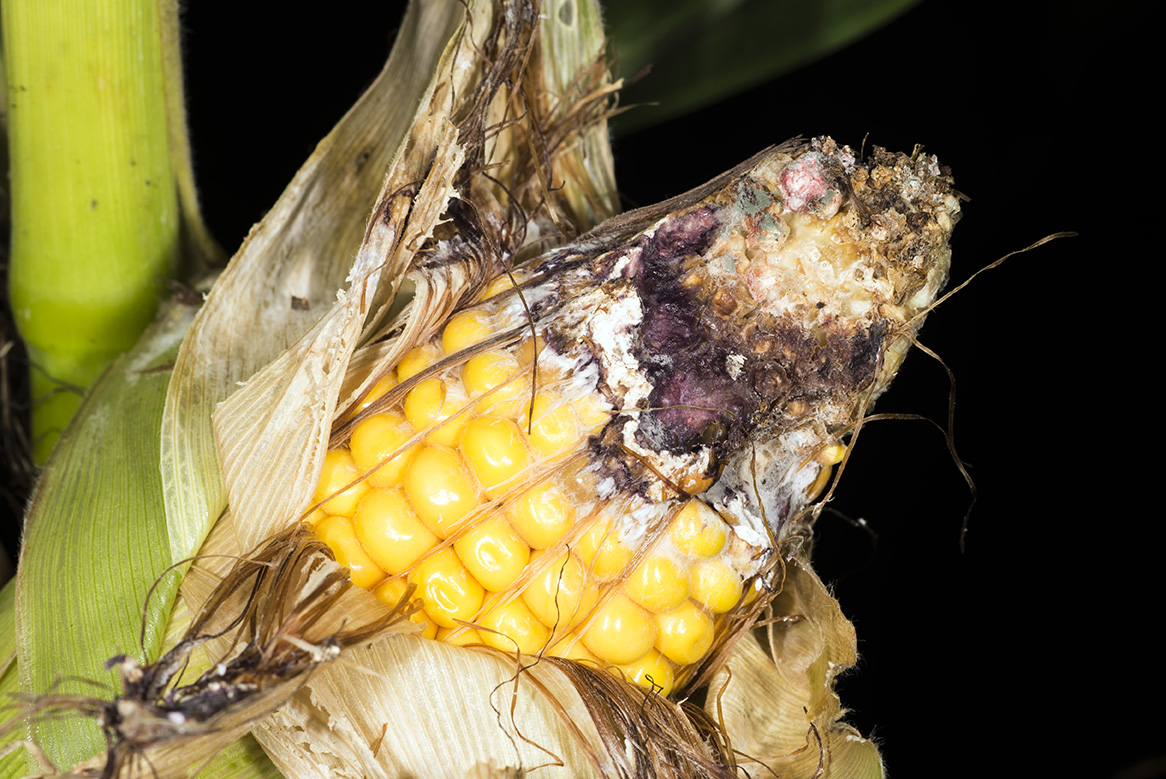
It’s western bean cutworm season – as discussed in last week’s Pest&Crop, moth trap counts are peaking, primarily in Indiana’s northern counties.
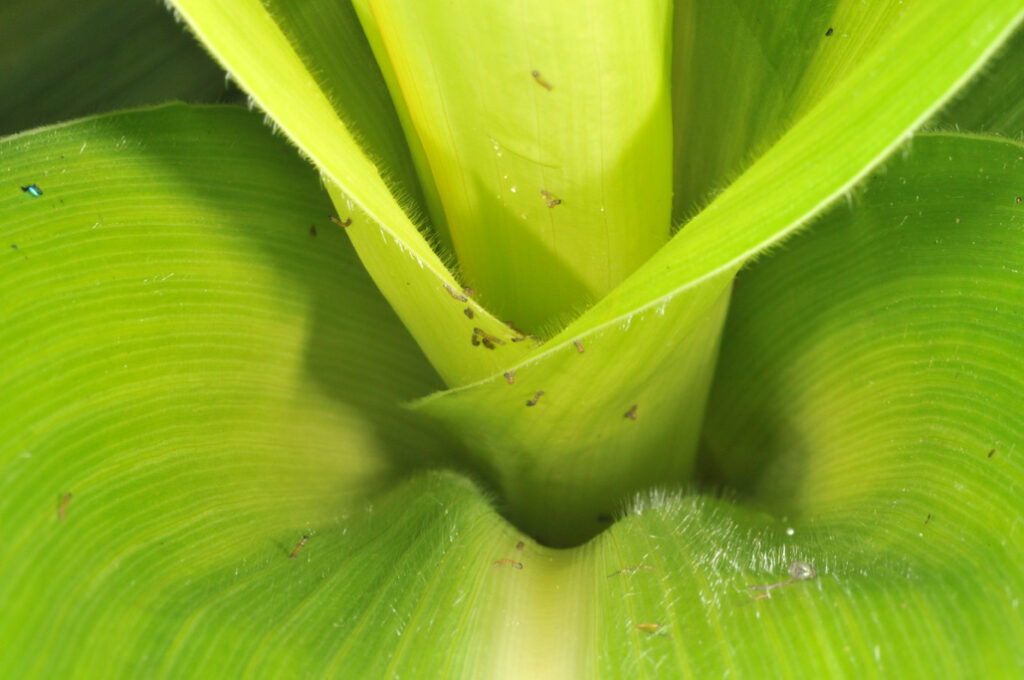
The western bean cutworm (WBC) trapping season continues, and after a slow start, moth flights have rapidly increased in many northern Indiana county traps this past week.
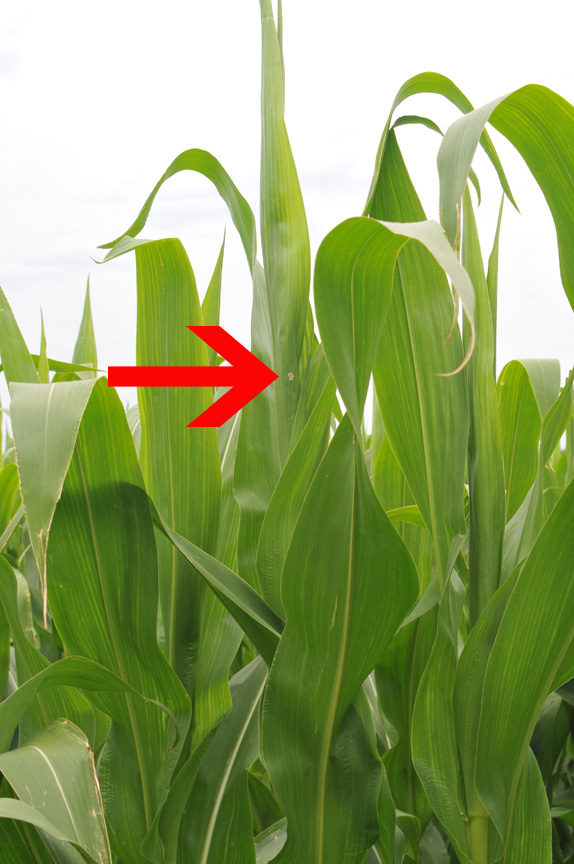
heromone trapping began for western bean cutworm moths this past week.
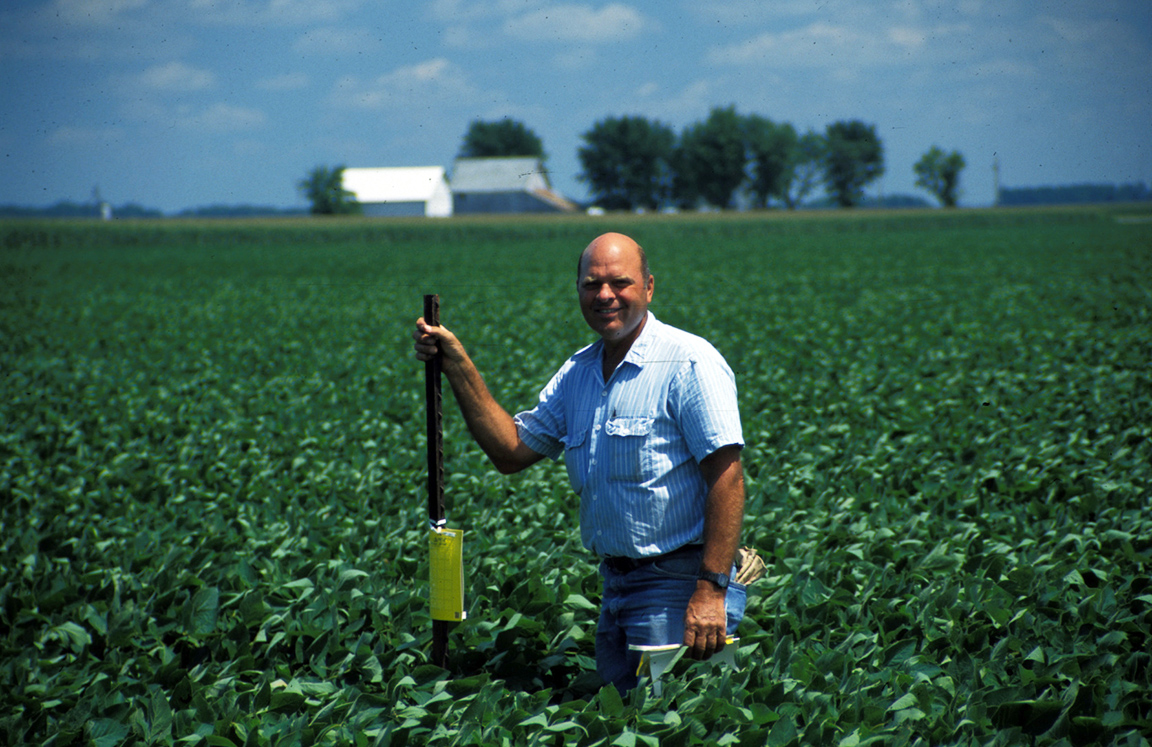
Currently, rootworm larvae are hatching throughout the state. If larvae are successful in finding vulnerable corn roots, they will feed until pupation. In a matter of days, the beetles will begin emerging, then feed (e.g., mostly on corn and other pollen), and mate.
Whether you are a large apiarist or a beginning hobbyist, it is essential to understand and prepare your bees when a state/local agency announces any pesticide application program.
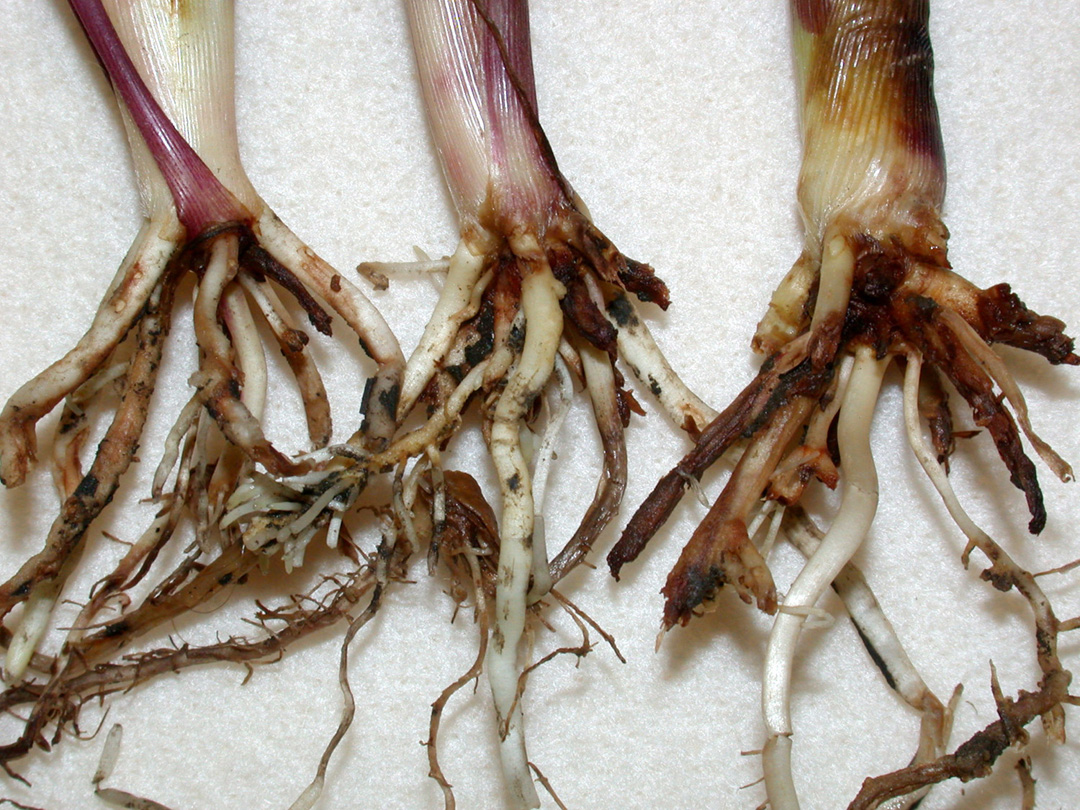
In some parts of the state, delayed planting – or re-planting – of corn is a reality. Some producers may be attempting to switch to shorter day hybrids, including some without desired insect traits, including rootworm-specific Bt traits.
© 2026 Purdue University | An equal access/equal opportunity university | Copyright Complaints | Maintained by Pest&Crop newsletter
If you have trouble accessing this page because of a disability, please contact Pest&Crop newsletter at luck@purdue.edu.